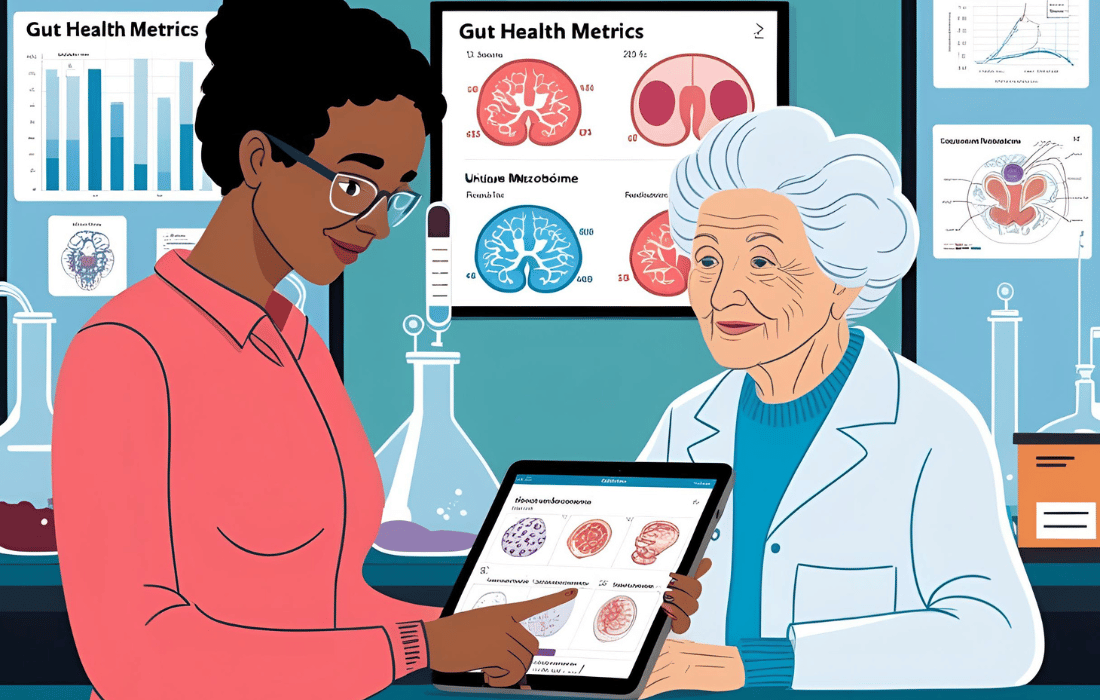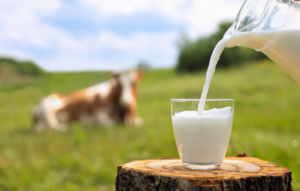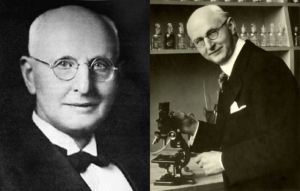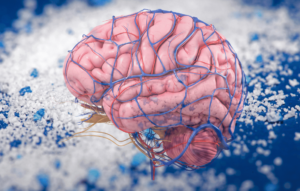In the pursuit of longevity, we often search for cutting-edge therapies, rare gene variants, or exotic superfoods. But the life of Maria Branyas Morera—a supercentenarian who passed away at 117—offers a profoundly grounded perspective. Her remarkable healthspan wasn’t just about living longer; it was about living well for over a century. New scientific analysis of her genes, gut microbiome, and lifestyle reveals a blueprint for aging gracefully—and it starts in the gut.
Scientific Findings: Why Maria’s Biology Defied Her Chronological Age
Groundbreaking research into Maria Branyas Morera’s body revealed a striking mismatch between her chronological age and her biological age. Here’s a closer look at the cellular, metabolic, and genetic factors that made her physiology appear decades younger than her passport might suggest.
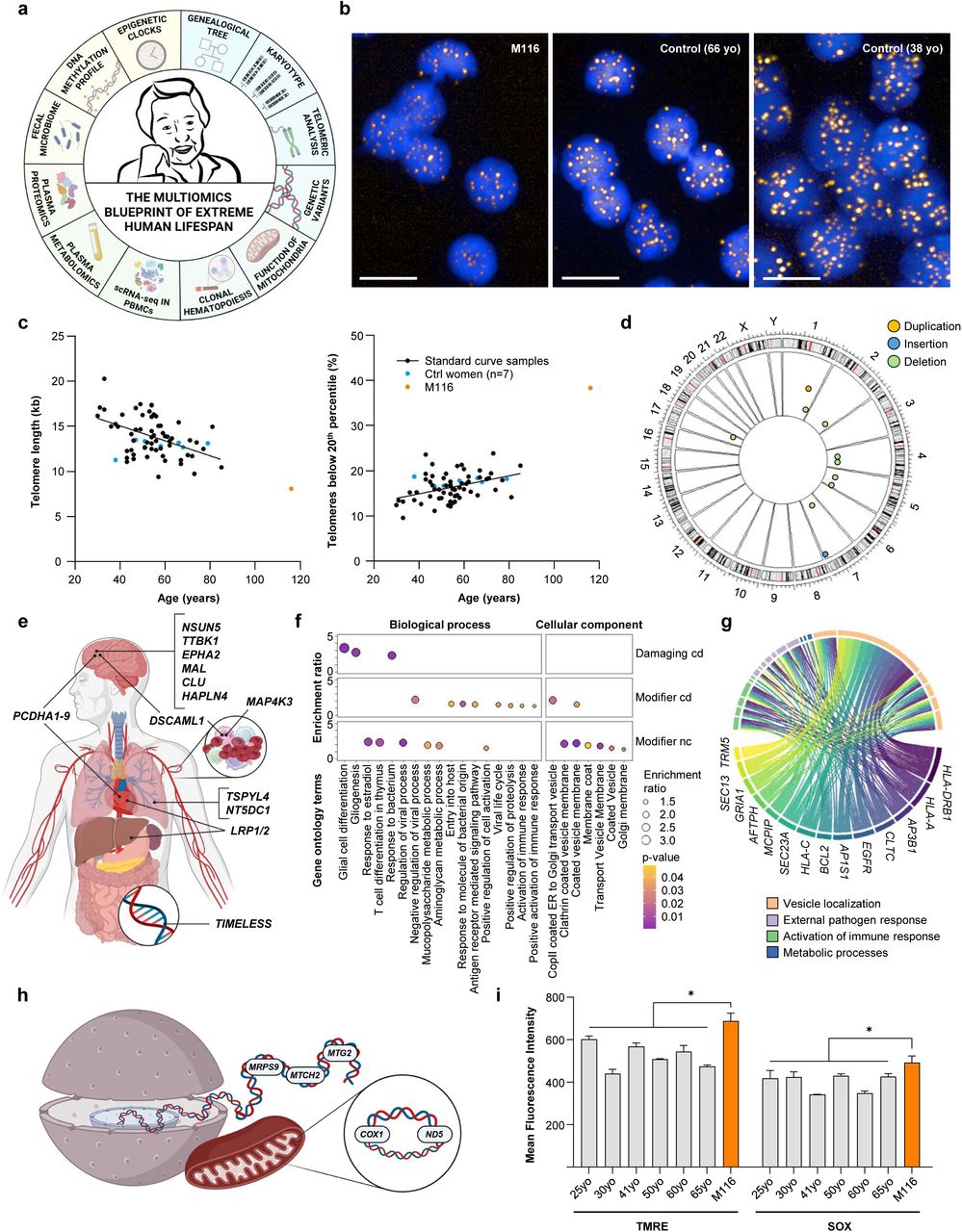
DNA Methylation and Biological Age
Researchers studying Maria found her DNA methylation profile—the cellular mechanism closely tied to biological aging—was significantly younger than her actual age. In fact, her tissues appeared to be 17 years younger biologically. DNA methylation is an epigenetic marker that influences gene expression, and it becomes increasingly disrupted as we age. Yet Maria was an outlier across three different tissue samples.
This biological youthfulness may be one of the key reasons she maintained resilience against many common age-related diseases. DNA methylation not only reflects the cumulative effects of diet, stress, and environment but can also indicate how well one’s body is adapting to aging. Lower methylation drift, as seen in Maria, is now being studied as a biomarker of longevity.
Cardiometabolic Markers and Lipid Profile
Her lipid metabolism also stood out. Maria had low levels of VLDL (very low-density lipoproteins) and triglycerides—both of which are risk markers for cardiovascular disease. These biomarkers suggested that her metabolism was functioning with youthful efficiency well past 100.
These metabolic markers likely reflect not only her genetics but the consistent dietary habits and physical activity she maintained throughout life. Her efficient lipid profile implies her cells were experiencing less oxidative stress and inflammation, key contributors to aging.
Gut Microbiome: The Anti-Aging Engine in Your Digestive System

Among the most groundbreaking findings was Maria’s gut microbiome. Despite her age, her gut resembled that of a much younger individual, showing a high diversity of microbial species and a predominance of anti-inflammatory bacteria like Bifidobacterium.
These bacteria have been linked to:
Suppression of systemic inflammation
Improved intestinal barrier integrity
Enhanced nutrient absorption
Modulation of the gut-brain axis
Increased production of short-chain fatty acids like butyrate
High levels of these beneficial microbes also help maintain immune tolerance, reduce risk of autoimmune disorders, and influence neurotransmitter production (such as serotonin), which can impact mental health and cognitive function.
Anti-Inflammatory Microbiome and Immune Support
Maria’s gut composition was described by researchers as distinctly anti-inflammatory. This not only supports digestive health but also plays a key role in systemic immunity, cognitive performance, and even skeletal integrity. Microorganisms in the gut produce metabolites that influence gene expression, hormone balance, and immune response.
The link between inflammation and aging is well-established. Known as “inflammaging,” chronic low-grade inflammation accelerates age-related diseases. Maria’s gut ecosystem, rich in anti-inflammatory microbes, helped shield her from this silent biological sabotage.
The Role of Probiotics in Supporting a Healthy Microbiome
While Maria didn’t take commercial probiotics, her lifestyle and diet created the perfect internal environment for beneficial microbes to thrive. Today, for those of us not eating three yogurts a day or living in a low-stress Mediterranean village, targeted supplementation may help bridge the gap.
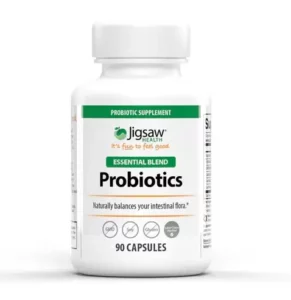
One standout option is Jigsaw Health’s Essential Blend Probiotics. This multi-strain formula includes Bifidobacterium longum, Lactobacillus acidophilus, L. plantarum, and other clinically researched strains. These probiotics are known to:
Support immune balance
Lower gut and systemic inflammation
Improve digestion and nutrient assimilation
Enhance gut barrier function
Crucially, the formula uses acid-resistant capsules to ensure live cultures reach the small intestine where they can colonize and exert their effects. It’s a modern tool that mimics what Maria achieved naturally.
Lifestyle Habits That Promote Gut Health and Longevity
While Maria’s genome and gut flora set the foundation for her exceptional longevity, it was her day-to-day lifestyle that turned that potential into reality. Let’s break down the daily habits that supported her microbiome, minimized inflammation, and kept her biology youthful well into her second century of life.
1. Daily Physical Movement
Maria walked daily and avoided a sedentary lifestyle. Nothing excessive, just consistent physical activity. Movement supports peristalsis (gut motility), reduces stress, and increases microbial diversity.
Studies have shown that even moderate exercise can:
Improve gut microbiota composition
Increase diversity and abundance of beneficial strains
Reduce gut-derived endotoxemia (toxins entering the bloodstream)
Physical movement is not just about cardiovascular health—it directly affects your microbiome, hormonal balance, and inflammation levels.
2. Gut-Friendly Nutrition with Emphasis on Animal-Based Foods
Maria’s diet bore a resemblance to the Mediterranean model, particularly in its focus on whole foods, fiber, and fermented dairy. However, let’s not overlook the foundational role of nutrient-dense animal-based foods in sustaining long-term health. While plant diversity supports microbiome richness, the cornerstone of a truly nourishing diet includes high-quality animal products that deliver unmatched levels of bioavailable nutrients.
A gut-supportive, longevity-promoting diet should be:
Rich in grass-fed red meat, which offers heme iron, zinc, B12, and essential amino acids
Inclusive of raw, unpasteurized dairy for probiotics, fat-soluble vitamins, and calcium
Anchored in pasture-raised eggs that support immune resilience and hormonal health
Complemented by a moderate intake of fiber-rich fruits and fermented vegetables
These foods not only provide structural nutrients but also serve as prebiotics and cofactors that feed beneficial gut bacteria and regulate inflammation.
While the Mediterranean diet emphasizes olive oil, legumes, and fish, a modern longevity diet should prioritize ancestral, animal-based staples as the metabolic and hormonal foundation for health, especially in today’s toxin-laden, hyper-processed food environment.
3. Avoidance of Toxins
Maria never smoked or drank alcohol. But perhaps most notably, she emphasized avoiding toxic people—chronic psychological stress is a known disruptor of gut health via cortisol and inflammatory pathways.
Avoiding toxic exposure in modern life also means minimizing:
Environmental pollutants (mold, pesticides, EMFs)
Processed seed oils
Endocrine disruptors (plasticizers, synthetic fragrances)
Pharmaceutical overuse (NSAIDs, antacids)
Each of these can damage the gut lining, alter microbial balance, and burden the liver.
Epigenetics and Environmental Influence on Aging
While Maria’s genome contained variations linked to better immune function and reduced disease risk, the study underscored that it wasn’t genes alone. Her epigenetic profile—how her behaviors and environment influenced gene expression—was arguably more important.
Healthy behaviors like eating real food, staying active, sleeping well, and maintaining social connections help maintain epigenetic stability. Maria’s lifestyle effectively “turned off” aging-associated genes and promoted resilience at the cellular level.
Her case underscores the principle that genes load the gun, but environment pulls the trigger. Lifestyle and gut health shape how your DNA is expressed over time.
Conclusion: A Roadmap to Aging Gracefully
Maria Branyas Morera didn’t just set a record for longevity—she rewrote the narrative. Her case is proof that aging doesn’t have to mean decline, and that our microbiome, lifestyle, and daily choices play as large a role as our genes. With a fiber-rich diet, consistent movement, minimal toxin exposure, and the right support—including targeted probiotics—we can cultivate the same resilience and vitality that made Maria a supercentenarian.
Bottom line: The gut is more than a digestive organ. It’s a control hub for aging, immunity, and overall vitality. If you want to live well into your 90s—or even past 110—start by feeding your microbiome today. The science is catching up to what Maria’s life already proved: live simply, feed your gut, and let the decades take care of themselves.

